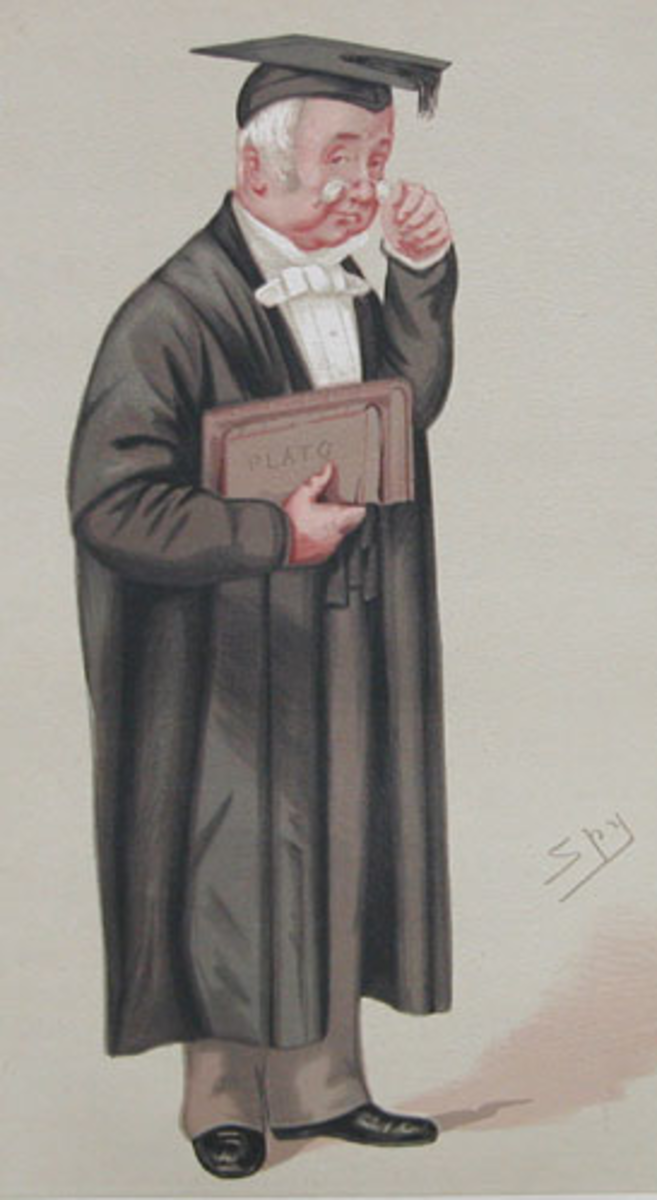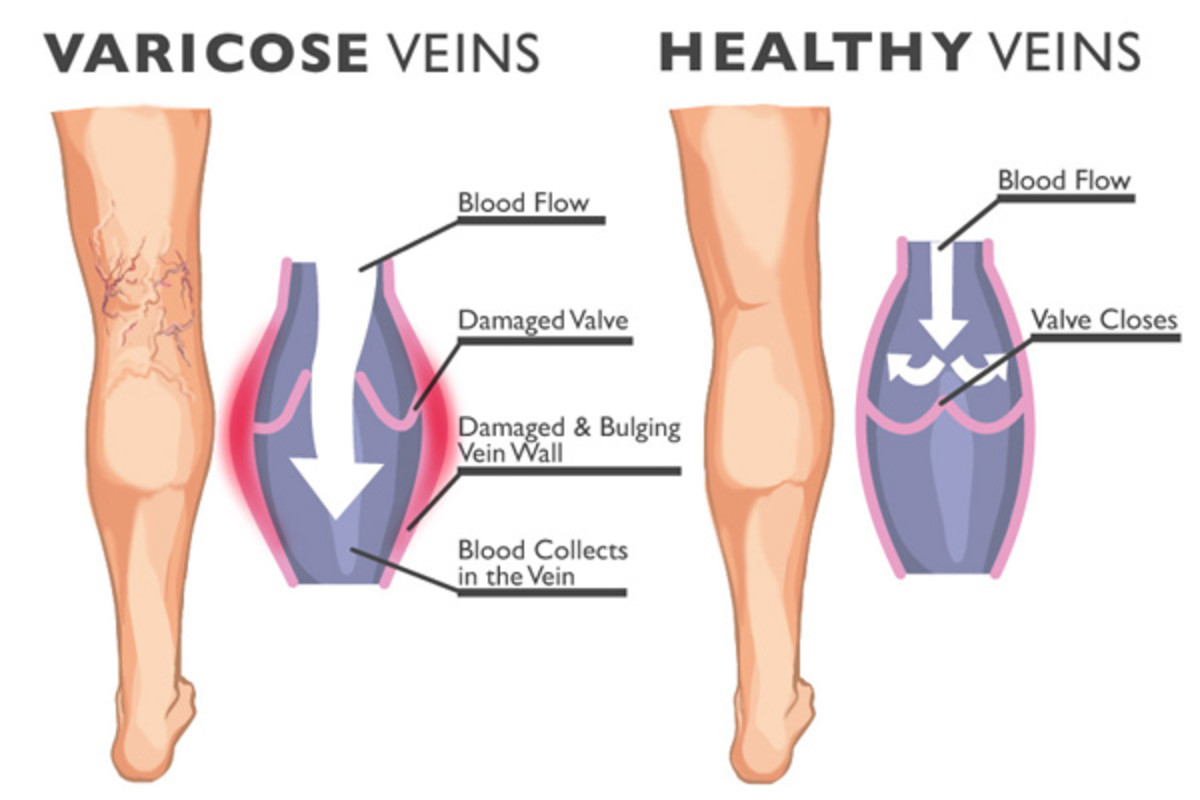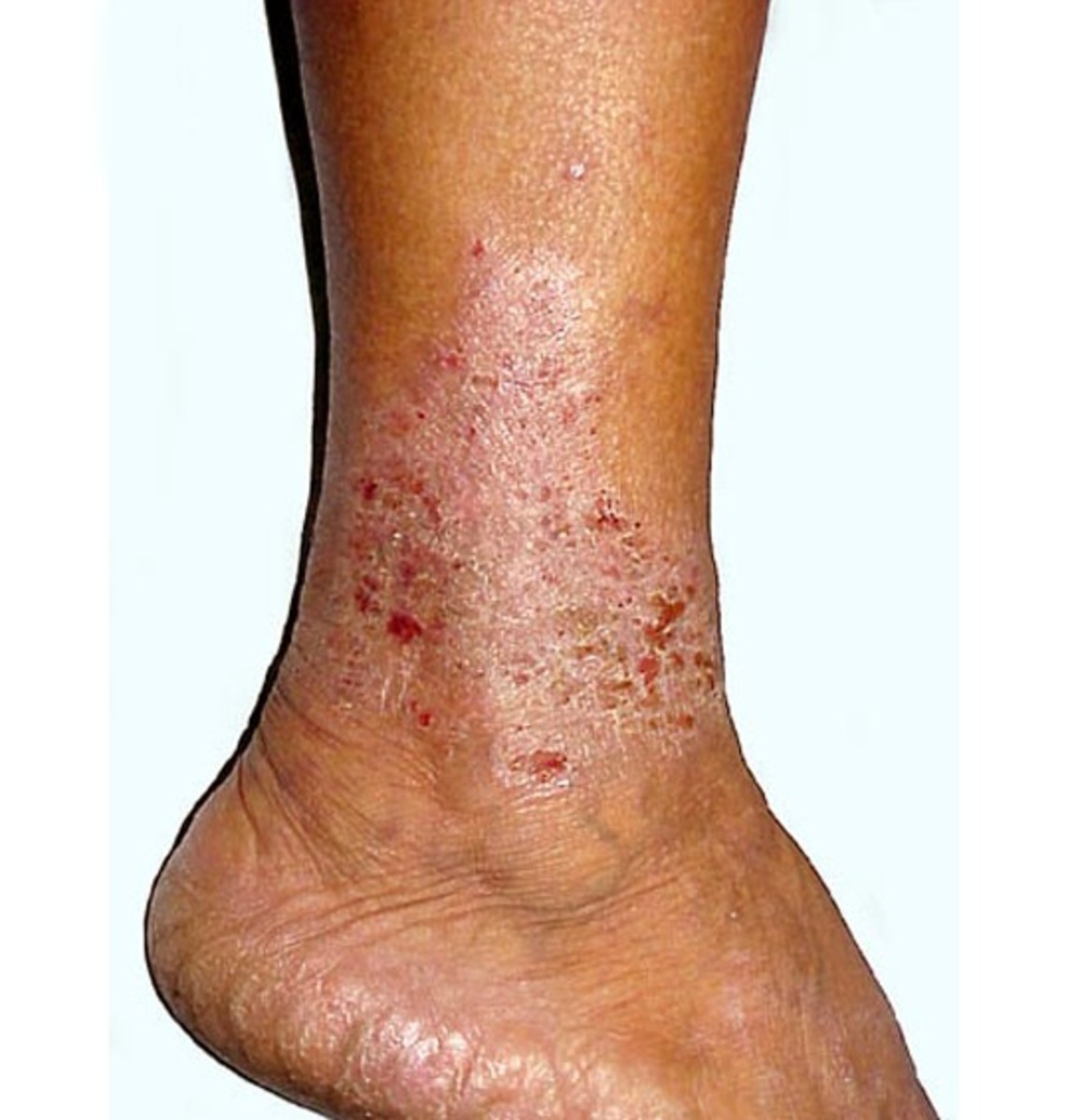How and Why Varicose Veins Form
Get those legs ready for summer swim suits!
While standing upright was a considerable event in the evolution of the human kind, this distinctive feature that separates us from many animals may have not be the best choice when it comes to circulation. The simple fact of walking and standing upright in fact, has made us humans predisposed to unsightly varicose veins, a condition medically known as ''telangiectasias''.
In order to better understand how varicose veins form one must learn about the functionality of veins and their role in circulation. The main function of veins is to deliver blood containing waste products from various organs to the heart. When the vein's valves halt to function properly they will fail to deliver this blood, so the blood will pool causing the veins to bulge. This happens most likely in the legs because of gravity however, they can be found as well in other parts of the body.
Varicose veins may appear in two distinctive forms: large Varicose veins which are of the typical bulging type that can be easily felt by touching and small varicose veins that are also known as ''spider veins'' which are small, fine tortuouos lines that appear red , blue or purplish and non palpable. Most people affected by varicose veins do not appear to have any symptoms other than being bothered by their cosmetic appearance, however a few may suffer from itching, swelling and cramping.
Varicose veins may develop for various reasons. They can be hereditary therefore passed on from generations to generations due to a congenital weakness of the vein valves or they can develop as a result of lifestyle. For instance, standing up for too long, crossing legs often, heavy lifting, tight clothing, being obese and lack of exercise may be contributing factors since these activities interfere with circulation. Statistics strongly show that women have a prevalence of varicose veins. As a matter of fact a large number of women appear to develop varicose veins during and after pregnancy. This appears to be caused by the adverse effect of estrogen which causes a weakening of the vein's walls.
Varicose veins may also develop as a complication caused by other health conditions such as Deep Vein Thrombosis, traumas or venous malformations.
As seen, there are various causes of varicose veins. While there is not much that can be done to fight against genes, pregnancies and the prolonged use of hormones, varicose veins may be prevented or at least diminished by following certain lifestyle guidelines. For instance, compression stockings may be helpful in helping circulation, people who stand up all day may benefit from keeping those legs lifted when laying down to rest, selecting loser clothing may help prevent circulatory problems and for women on birth control pills it sees to help choosing brands with low estrogen levels.
If you have unsightly spider veins on your legs, not all is fortunately lost. You will have to thank the technological advances of modern medicine. Two successful avenues await you: sclerotherapy and laser therapy. These procedures will take care of those unsightly marks and those spider veins will be part of history, just as the evolution of the Homo Erectus...
Drive less and walk more to keep variocose veins at bay










